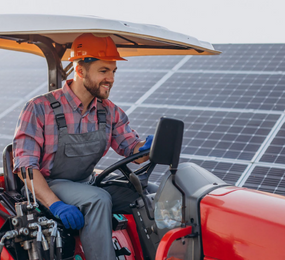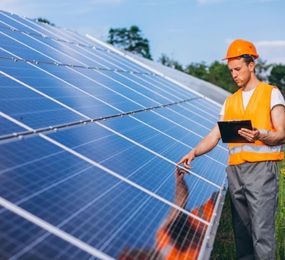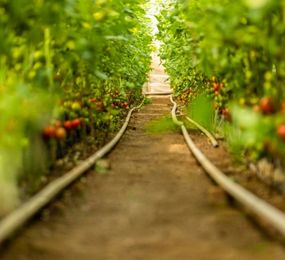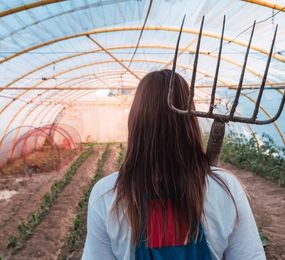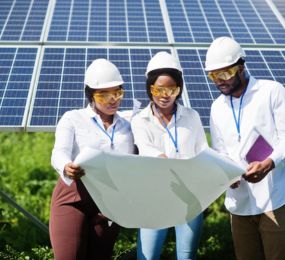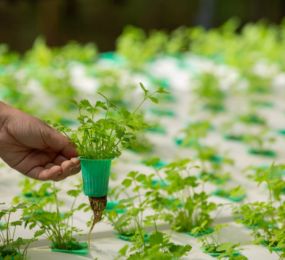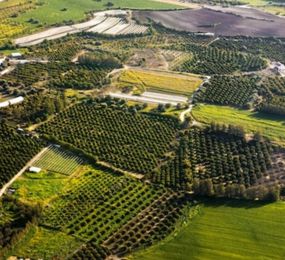In the quest for sustainable solutions to meet the world's growing demands for both food and energy, the synergy between agriculture and solar energy stands out as a transformative innovation. This integration, known as agrivoltaics, involves the simultaneous use of land for both agriculture and solar power generation, offering numerous environmental, economic, and social benefits.
Maximizing Land Use Efficiency
One of the primary advantages of combining agriculture and solar energy is the efficient use of land. In many regions, especially where arable land is scarce, agrivoltaics allows for the dual-purpose use of the same land for both crop cultivation and energy production. This approach not only maximizes land productivity but also reduces the pressure on natural resources.
Enhancing Crop Yields and Energy Production
The synergy between agriculture and solar energy goes beyond just land use. Solar panels, when properly integrated into farming systems, can create microclimates that benefit certain crops. The shade provided by the panels can protect crops from excessive heat and reduce water evaporation, leading to improved crop yields, especially in arid regions. Meanwhile, solar panels continue to generate renewable energy, contributing to a more sustainable energy supply.
Economic and Environmental Benefits
For farmers, the integration of solar energy into their agricultural practices provides an additional source of income. By generating electricity, farmers can either use it to power their operations or sell it back to the grid, creating a new revenue stream. Moreover, agrivoltaics helps reduce greenhouse gas emissions by replacing fossil fuels with clean, renewable energy, contributing to global efforts to combat climate change.
Innovative Agrivoltaic Practices
Across the globe, innovative agrivoltaic practices are emerging. From vertical solar panels that optimize light distribution to adjustable panels that track the sun’s movement, these advancements are making it easier to achieve the delicate balance between crop growth and energy generation. Additionally, crops that thrive in partial shade, such as leafy greens and certain herbs, are increasingly being chosen for agrivoltaic systems.
As the world faces the dual challenges of food security and climate change, the synergies between agriculture and solar energy offer a promising solution. By harnessing the power of the sun to support both food production and clean energy generation, agrivoltaics represents a sustainable path forward. This innovative approach not only addresses the immediate needs of today but also lays the foundation for a more resilient and sustainable future.
To register or learn more about the Forum please check here:http://bit.ly/3kR0v2R.
For more information and group participation, contact us: [email protected]


